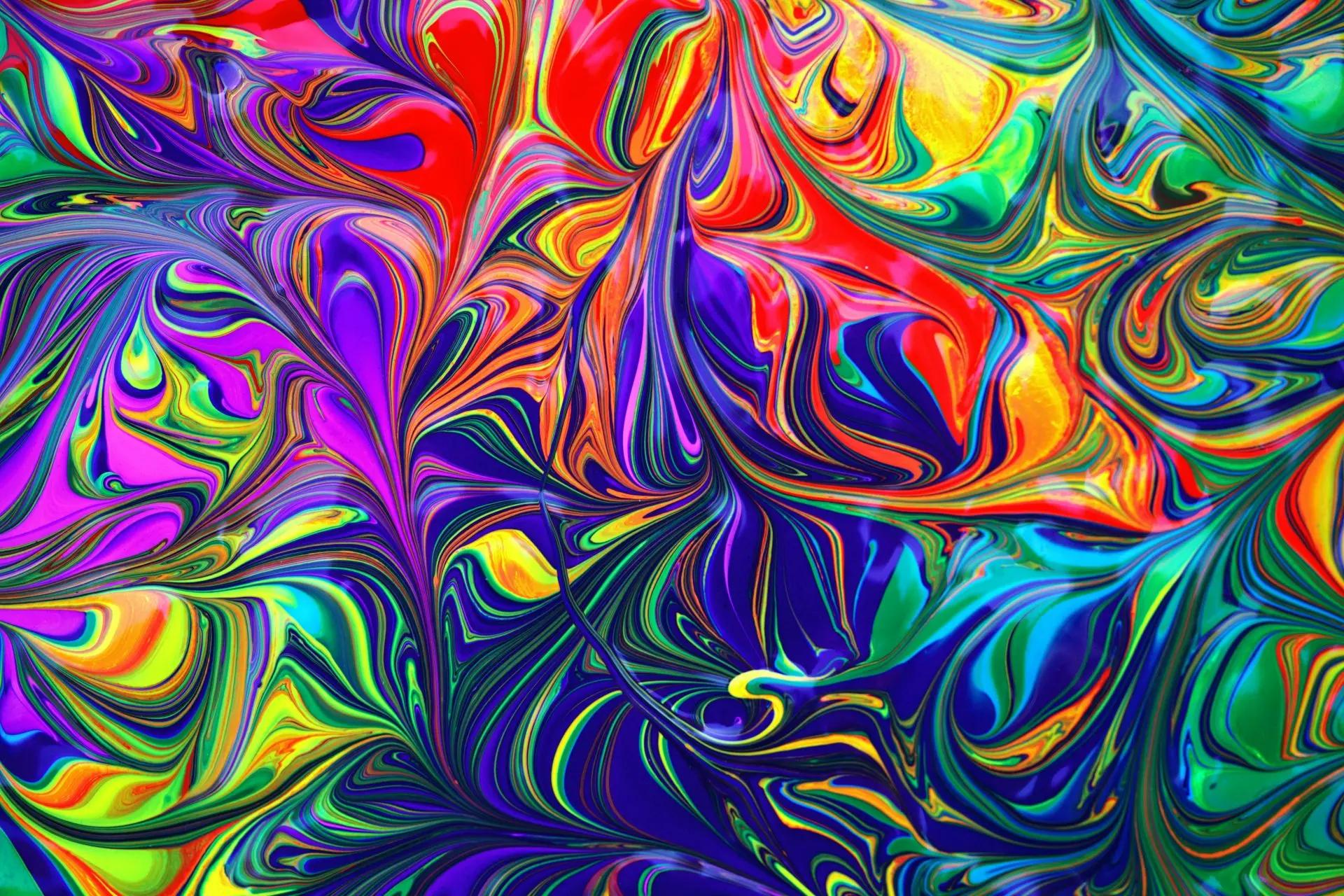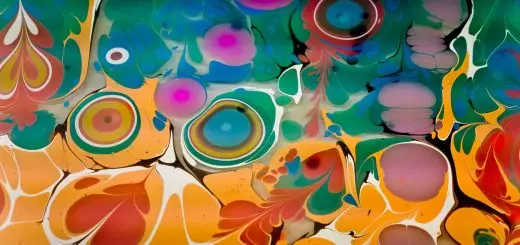Yin and Yang Philosophy: Embracing Dual Nature

Looking for more amazing products? Check out our online store and explore our collection here! Happy shopping!
Before diving in, please note: This post is for informational purposes only. If you’d like to know more about how we approach topics, feel free to check out our friendly Disclaimer Page.
Hey there, amazing readers! 
We’re committed to delivering quality posts, and your support (even just sticking around despite the ads) means everything to us. So, bear with us, and thanks for helping us keep the good vibes rolling. Now, on to the fun stuff!
TRANSLATE BUTTON AT THE END OF THE ARTICLE
A Quick Overview: Introduction to Yin and Yang Philosophy
Yin and Yang philosophy is an ancient Chinese concept that represents the duality and interconnectedness of all things in the universe.
This philosophy is based on the idea that everything in the world consists of two opposite but complementary forces – Yin, which is associated with darkness, passivity, and femininity, and Yang, which is associated with light, activity, and masculinity.
The balance between these two forces is believed to be essential for harmony and well-being.
Understanding Yin and Yang can help individuals navigate through life’s challenges and find a sense of equilibrium in a world filled with opposing forces.
Understanding Dual Nature in Yin and Yang
Yin and Yang are not just abstract concepts but are deeply intertwined in the natural world and human existence.
They are often depicted as a circle divided into two halves, with a dot of the opposite color in each half signifying the presence of each within the other.
This symbolizes the idea that Yin and Yang are interdependent and cannot exist without each other.
For example, day cannot exist without night, and hot cannot exist without cold.
The dual nature of Yin and Yang reminds us that life is a continuous cycle of change and that both light and darkness are necessary for growth and balance.
Origins and History of Yin and Yang
The concept of Yin and Yang dates back to ancient Chinese philosophy and can be found in the teachings of Taoism, Confucianism, and traditional Chinese medicine.
It is believed to have originated in the Zhou Dynasty (1046-256 BCE) and has since become a fundamental principle in Chinese culture and thought.
The earliest known reference to Yin and Yang can be found in the "I Ching" or "Book of Changes," an ancient Chinese text that explores the nature of change and the interconnectedness of all things.
Over time, Yin and Yang have come to represent the cyclical nature of life, the balance of opposites, and the harmony of the universe.
Symbolism and Representation of Yin and Yang
The Yin and Yang symbol, also known as the Taijitu, is a circular symbol divided into two equal parts – one black (Yin) and one white (Yang).
Within each half, there is a small dot of the opposite color, symbolizing the presence of Yin within Yang and Yang within Yin.
This symbol represents the interconnectedness and interdependence of opposites and the constant flux of change in the world.
The swirling motion of the Yin and Yang symbol suggests movement and balance, emphasizing the dynamic nature of life and the need for harmony between opposing forces.
The Balance of Opposites in Yin and Yang
In Yin and Yang philosophy, balance is key to achieving harmony and well-being.
The concept of Yin and Yang teaches us that everything in the universe is interconnected and that opposites are complementary rather than conflicting.
For example, light and dark, day and night, hot and cold – these dualities are not opposing forces but rather aspects of the same whole.
By embracing the balance of opposites in Yin and Yang, individuals can learn to navigate life’s challenges with grace and find harmony in the midst of chaos.
Incorporating Yin and Yang in Daily Life
One way to incorporate Yin and Yang philosophy into daily life is to practice mindfulness and observe the balance of opposites in nature.
Take time to appreciate the changing seasons, the rising and setting sun, and the ebb and flow of energy in your surroundings.
By tuning into these natural rhythms, you can cultivate a deeper understanding of the interconnectedness of all things and find peace in the midst of turmoil.
Additionally, practicing meditation, yoga, or tai chi can help balance the Yin and Yang energies within yourself, promoting health, vitality, and inner harmony.
Yin and Yang in Traditional Chinese Medicine
In traditional Chinese medicine, Yin and Yang are fundamental concepts that guide the diagnosis and treatment of illness.
Health is believed to be a state of balance between the Yin and Yang energies in the body, and disease is seen as an imbalance of these forces.
Practitioners of Chinese medicine use acupuncture, herbal medicine, and other holistic therapies to restore harmony and promote healing.
By understanding the principles of Yin and Yang, individuals can take a proactive approach to their health and well-being, addressing imbalances before they manifest as physical symptoms.
Yin and Yang in Feng Shui Practices
Feng Shui, the ancient Chinese art of arranging spaces to promote harmony and balance, is based on the principles of Yin and Yang.
By incorporating Yin and Yang energies into the design of homes and workplaces, practitioners of Feng Shui seek to create environments that support health, happiness, and prosperity.
For example, balancing light and dark colors, soft and hard surfaces, and curved and straight lines can enhance the flow of energy (Qi) and create a sense of harmony in the space.
By aligning the physical environment with the principles of Yin and Yang, individuals can improve their overall well-being and quality of life.
Embracing Harmony through Yin and Yang
Embracing the harmony of Yin and Yang involves accepting the dualities of life and recognizing that both light and darkness have value and purpose.
By cultivating an appreciation for the balance of opposites, individuals can learn to navigate through challenges with grace and resilience.
Embracing the harmony of Yin and Yang allows us to embrace change, find peace in chaos, and connect with the interconnectedness of all things.
By living in harmony with the principles of Yin and Yang, we can cultivate a sense of balance, clarity, and purpose in our lives.
The Interconnectedness of Yin and Yang
The interconnectedness of Yin and Yang is a fundamental principle in Chinese philosophy that emphasizes the unity and harmony of all things in the universe.
Just as Yin and Yang are interdependent and cannot exist without each other, all things in the world are connected in a vast web of relationships.
By recognizing the interconnectedness of all things, individuals can cultivate a deeper sense of compassion, empathy, and understanding for themselves and others.
The concept of Yin and Yang reminds us that we are all part of a larger whole and that our actions have ripple effects that can impact the world around us.
Modern Applications of Yin and Yang Philosophy
In today’s fast-paced and interconnected world, the principles of Yin and Yang can offer valuable insights into navigating through life’s challenges and finding balance in a chaotic world.
By embracing the dual nature of Yin and Yang, individuals can cultivate a sense of inner peace, resilience, and harmony.
Practices such as mindfulness meditation, yoga, and tai chi can help individuals connect with the principles of Yin and Yang and integrate them into their daily lives.
By applying the wisdom of Yin and Yang to modern challenges, individuals can learn to find balance, clarity, and purpose in an ever-changing world.
Embracing the Unity of Yin and Yang
Embracing the unity of Yin and Yang involves recognizing that opposites are two sides of the same coin and that balance is essential for harmony and well-being.
By embracing the interconnectedness of all things and appreciating the diversity of experiences in life, individuals can cultivate a deeper sense of self-awareness and empathy.
The unity of Yin and Yang reminds us that we are all connected in a vast web of relationships and that our actions have far-reaching consequences.
By embracing the unity of Yin and Yang, individuals can find peace, harmony, and purpose in a world filled with complexity and change.
Conclusion
Yin and Yang philosophy offers a profound perspective on the interconnectedness and balance of all things in the universe.
By understanding the dual nature of Yin and Yang and embracing their unity, individuals can navigate through life’s challenges with grace and resilience.
Incorporating Yin and Yang principles into daily life, traditional Chinese medicine, Feng Shui practices, and modern applications can help individuals find harmony, well-being, and inner peace.
Embracing the harmony of Yin and Yang allows us to connect with the interconnectedness of all things and find meaning in the ever-changing world around us.

The Enlightenment Journey is a remarkable collection of writings authored by a distinguished group of experts in the fields of spirituality, new age, and esoteric knowledge.
This anthology features a diverse assembly of well-experienced authors who bring their profound insights and credible perspectives to the forefront.
Each contributor possesses a wealth of knowledge and wisdom, making them authorities in their respective domains.
Together, they offer readers a transformative journey into the realms of spiritual growth, self-discovery, and esoteric enlightenment.
The Enlightenment Journey is a testament to the collective expertise of these luminaries, providing readers with a rich tapestry of ideas and information to illuminate their spiritual path.
Our Diverse Expertise
While our primary focus is on spirituality and esotericism, we are equally passionate about exploring a wide range of other topics and niches 

To ensure we provide the most accurate and valuable insights, we collaborate with trusted experts in their respective domains 
Our blog originally focused on spirituality and metaphysics, but we’ve since expanded to cover a wide range of niches. Don’t worry—we continue to publish a lot of articles on spirituality! Frequently visit our blog to explore our diverse content and stay tuned for more insightful reads.
Hey there, amazing reader! 
Check out our store here and take a peek at some of our featured products below! Thanks for being awesome!











